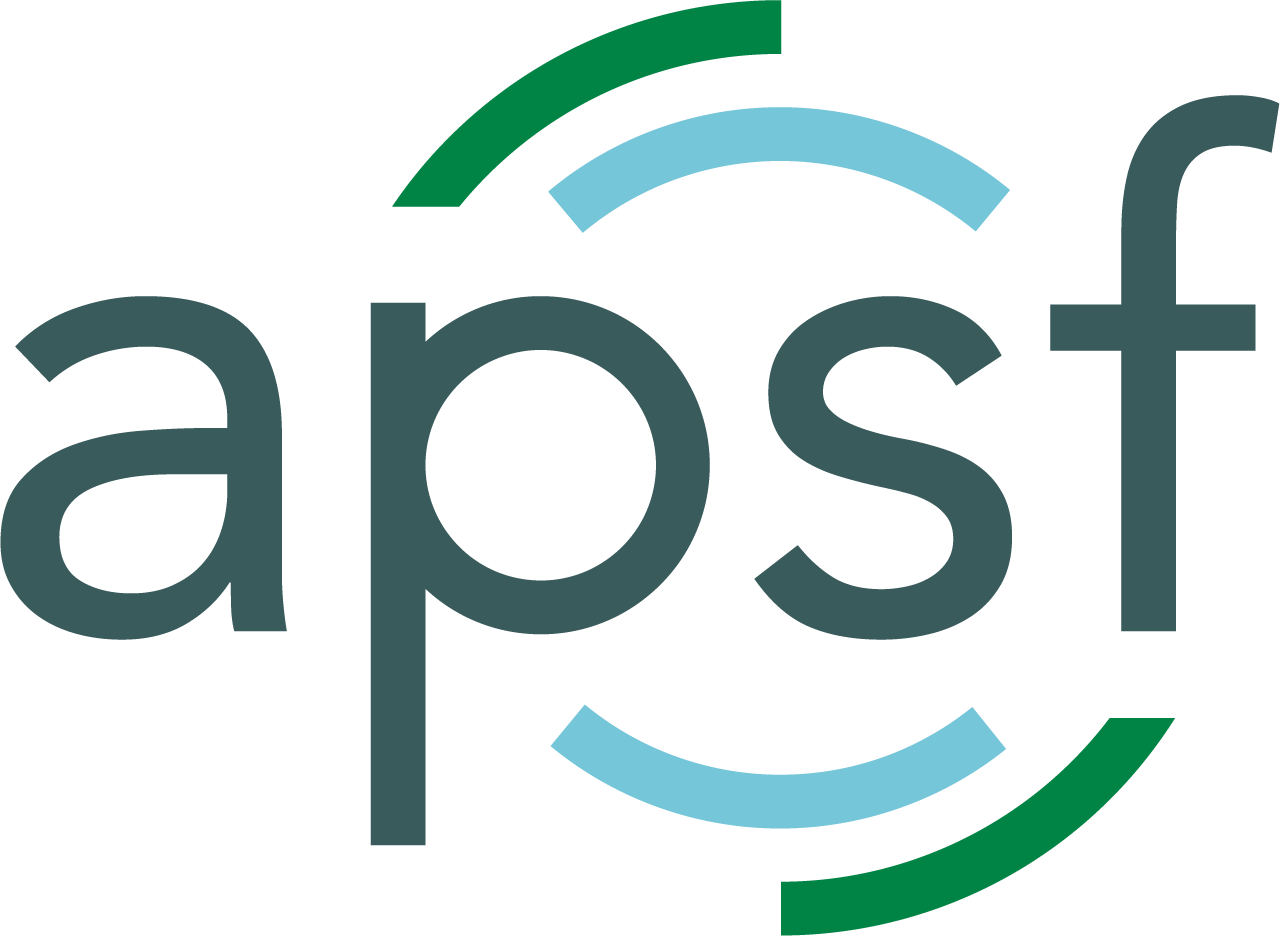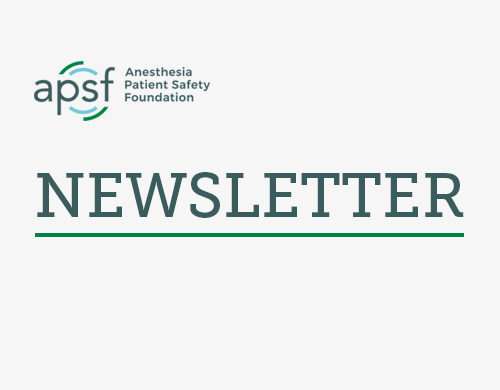The Anesthesia Patient Safety Foundation Newsletter is the official publication of the nonprofit Anesthesia Patient Safety Foundation and is published quarterly at Wilmington, Delaware. Annual membership: Individual – $100.00, Corporate – $500.00. This and any additional contributions to the Foundation are tax deductible. ©Copyright, Anesthesia Patient Safety Foundation, 2005.
The opinions expressed in this Newsletter are not necessarily those of the Anesthesia Patient Safety Foundation or its members or board of directors. Validity of opinions presented, drug dosages, accuracy, and completeness of content are not guaranteed by the APSF.
APSF Executive Committee:
Robert K. Stoelting, MD, President; Jeffrey B. Cooper, PhD, Executive Vice President; George A. Schapiro, Executive Vice President; David M. Gaba, MD, Secretary; Casey D. Blitt, MD, Treasurer; Robert A. Caplan, MD, and Nassib G. Chamoun.
Newsletter Editorial Board:
Robert C. Morell, MD, Editor; Sorin J. Brull, MD; Joan Christie, MD; Jan Ehrenwerth, MD; John H. Eichhorn, MD; Regina King; Lorri A. Lee, MD ; Rodney C. Lester, PhD, CRNA; Glenn S. Murphy, MD; Denise O’Brien, BSN, RN; Karen Posner, PhD; Keith Ruskin, MD; Wilson Somerville, PhD; Jeffery Vender, MD.


 Issue PDF
Issue PDF